Big cats have always fascinated humans with their grace, power, and mysterious aura. Among these felines, some species are particularly elusive, making them difficult to study and observe in the wild. Technological advancements, however, have allowed researchers and wildlife enthusiasts to capture images and videos of these elusive creatures, providing valuable insights into their behavior, habitat, and conservation needs. This article explores some of the most elusive big cats that have been captured on camera, highlighting their unique characteristics and the ongoing efforts to protect them.
The Significance of Capturing Elusive Big Cats on Camera
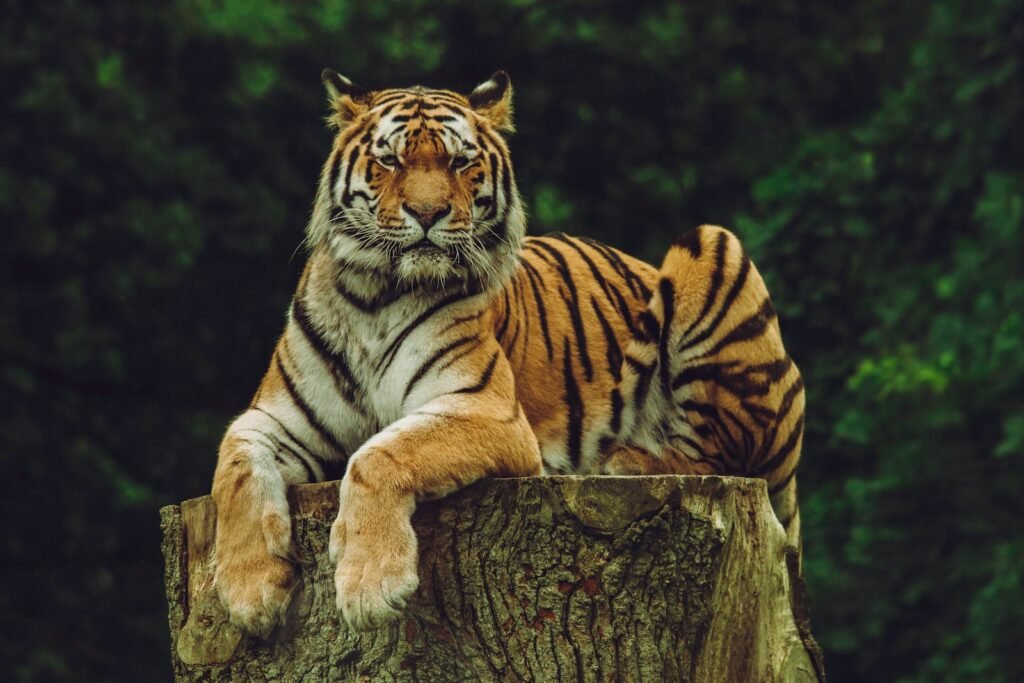
Photography and videography have become essential tools in wildlife conservation. Capturing elusive big cats on camera not only helps raise public awareness about their existence but also aids researchers in collecting data about their movements, behaviors, and population dynamics. These visuals can support scientific studies, guide conservation strategies, and contribute to policy-making aimed at preserving these majestic animals and their habitats.
Snow Leopard: The Ghost of the Mountains
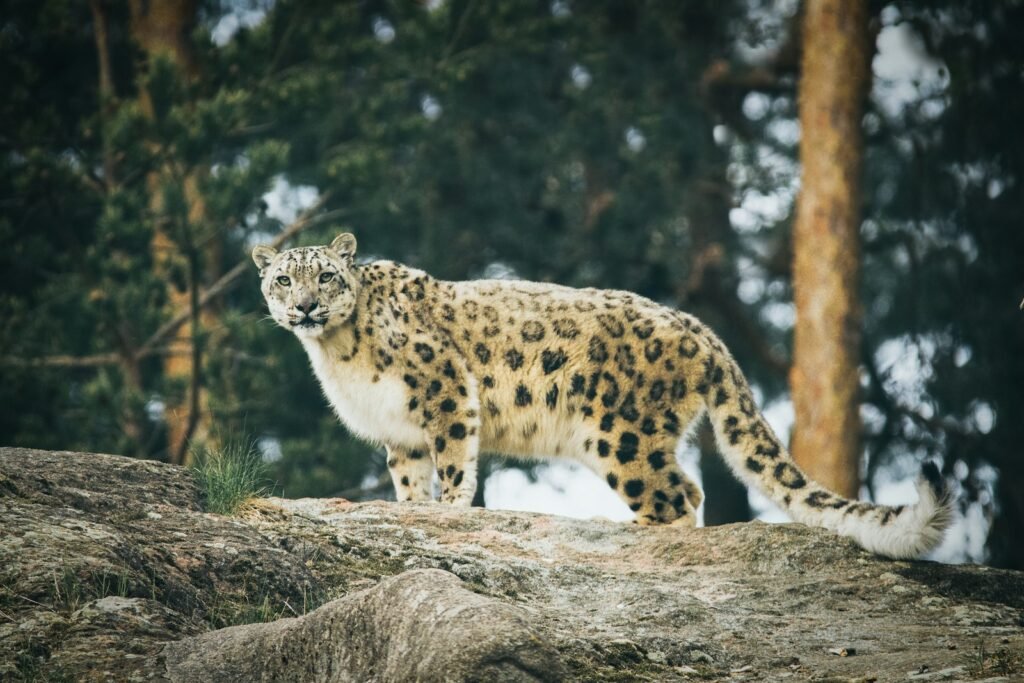
The snow leopard, often referred to as the “ghost of the mountains,” is one of the most elusive big cats, primarily inhabiting the rugged terrains of Central and South Asia. With a strikingly beautiful coat and exceptional climbing skills, this solitary feline is perfectly adapted to its harsh environment. Camera traps have provided a rare glimpse into their secretive lives, revealing their hunting strategies and interactions with other species.
Amur Leopard: The Critically Endangered Beauty

The Amur leopard, residing primarily in the temperate forests of Russia and China, is one of the most endangered big cat species. Due to habitat loss and poaching, only a few dozen individuals remain in the wild. Recent camera trap footage has helped researchers monitor surviving populations, track their health, and develop targeted conservation efforts to ensure their survival.
Javan Leopard: The Lesser-Known Enigma
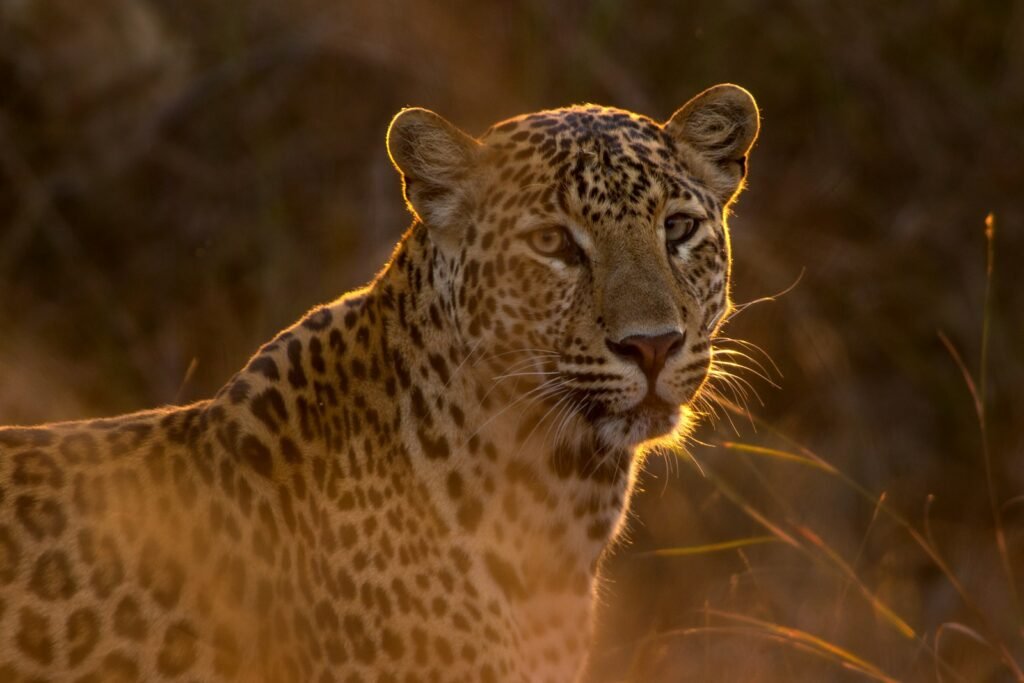
Endemic to the Indonesian island of Java, the Javan leopard is a lesser-known species that faces the threat of extinction due to habitat destruction and human conflict. Rare footage of Javan leopards captured in their diminishing habitats has sparked global interest and underscored the urgent need for protections to secure their future.
Clouded Leopard: The Arboreal Acrobat
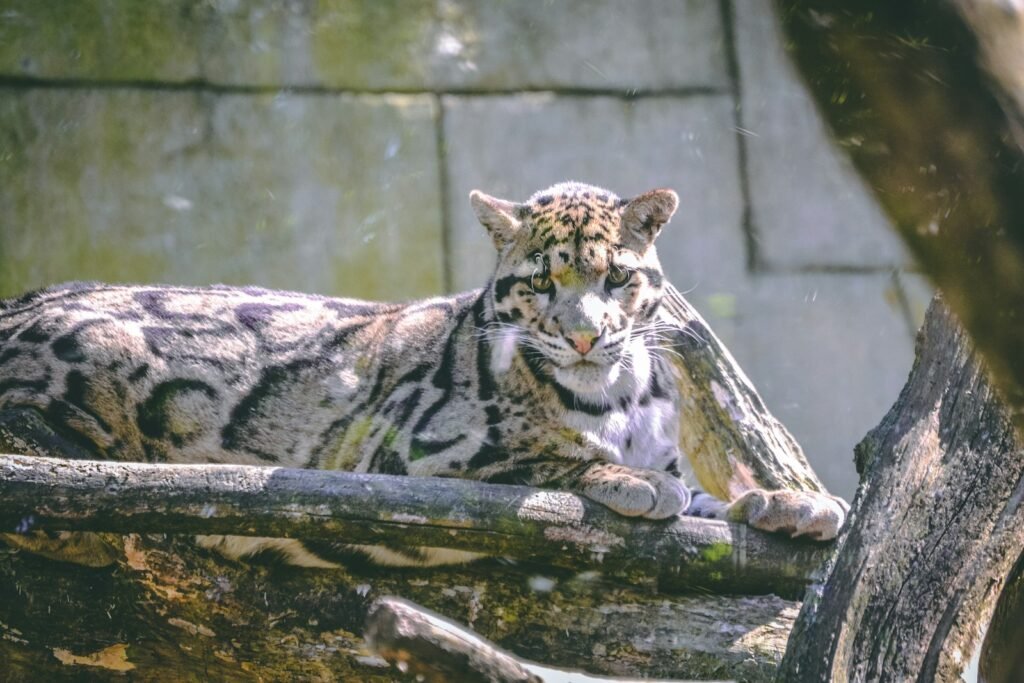
Known for their distinctive cloud-like markings, clouded leopards are arboreal hunters that inhabit the forests of Southeast Asia. Camera traps placed high in the trees have documented their arboreal lifestyle, offering insights into their unique adaptations such as long tails and large, dexterous paws. This information is vital for developing habitat protection plans.
Iberian Lynx: From the Brink of Extinction
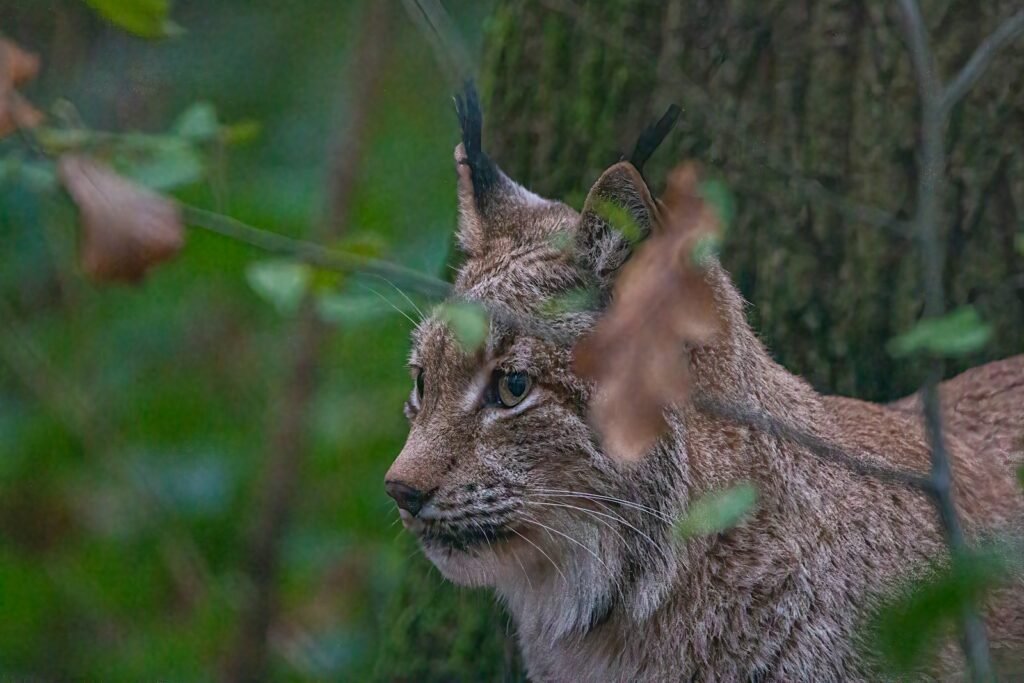
The Iberian lynx was once the most endangered feline in the world, living in small numbers across the Iberian Peninsula. Thanks to concerted conservation efforts, wildlife cameras now document a recovering population, providing hope for the species’ long-term survival. These efforts are an exemplary case of how human intervention can turn the tide for endangered species.
Bornean Bay Cat: The Mystery of the Rainforest

The Bornean bay cat is one of the most enigmatic wild cats, known only from a handful of images and sightings. Endemic to the dense rainforests of Borneo, this cat remains one of the least studied felids. Each new capture on film offers precious information about its ecology and distribution, guiding conservation priorities on this biodiversity-rich island.
Conservation Challenges for Elusive Big Cats
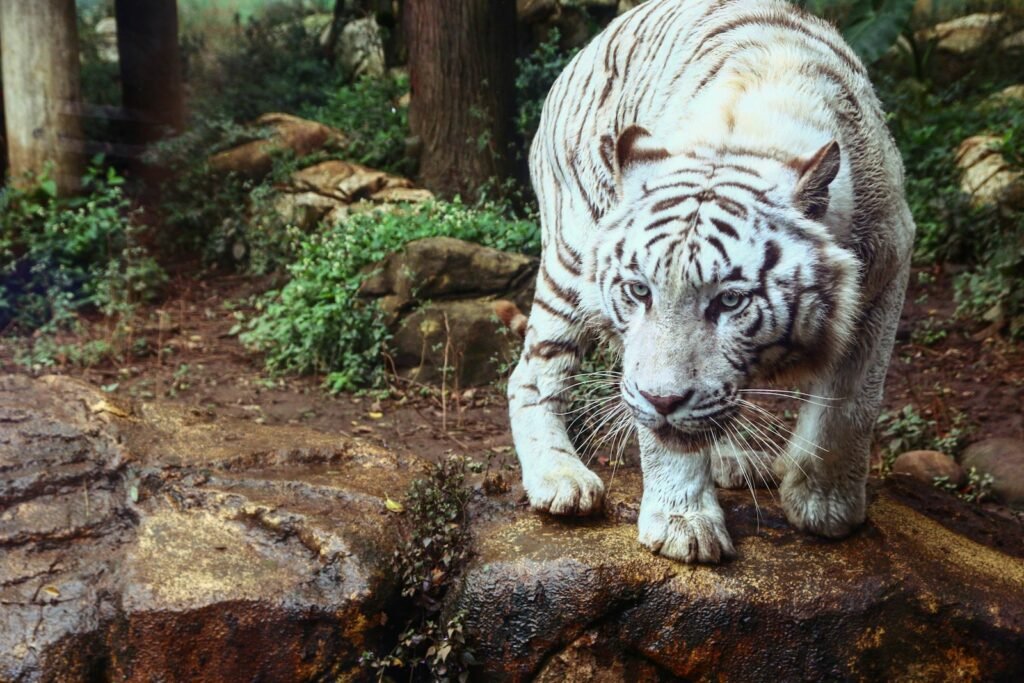
Conserving elusive big cats involves overcoming significant challenges. Habitat destruction, illegal poaching, and human-wildlife conflict pose persistent threats. Capturing these animals on camera helps quantify these threats and allows conservationists to implement data-driven strategies to mitigate them. However, ensuring the animals’ safety often requires international cooperation and substantial funding.
The Role of Technology in Big Cat Conservation
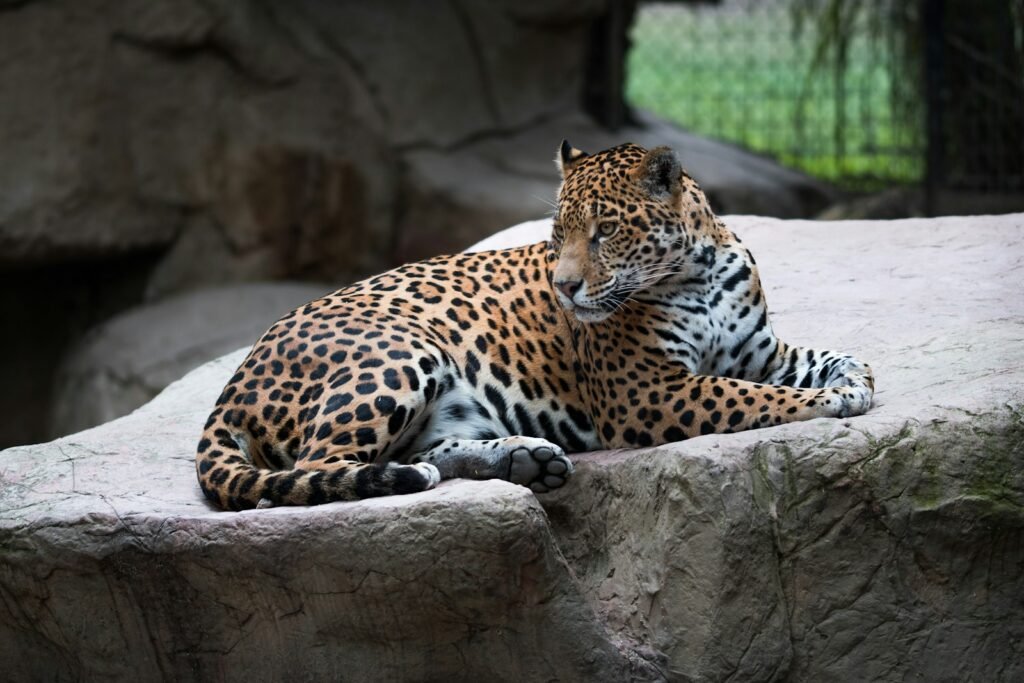
Advancements in technology, such as high-resolution camera traps, drones, and satellite tracking, have revolutionized the study of elusive big cats. These tools have made it possible to monitor these animals without disrupting their natural behavior. Furthermore, technologies like AI and machine learning are aiding in analyzing vast amounts of visual data to identify patterns and changes in big cat populations.
Public Engagement and Education
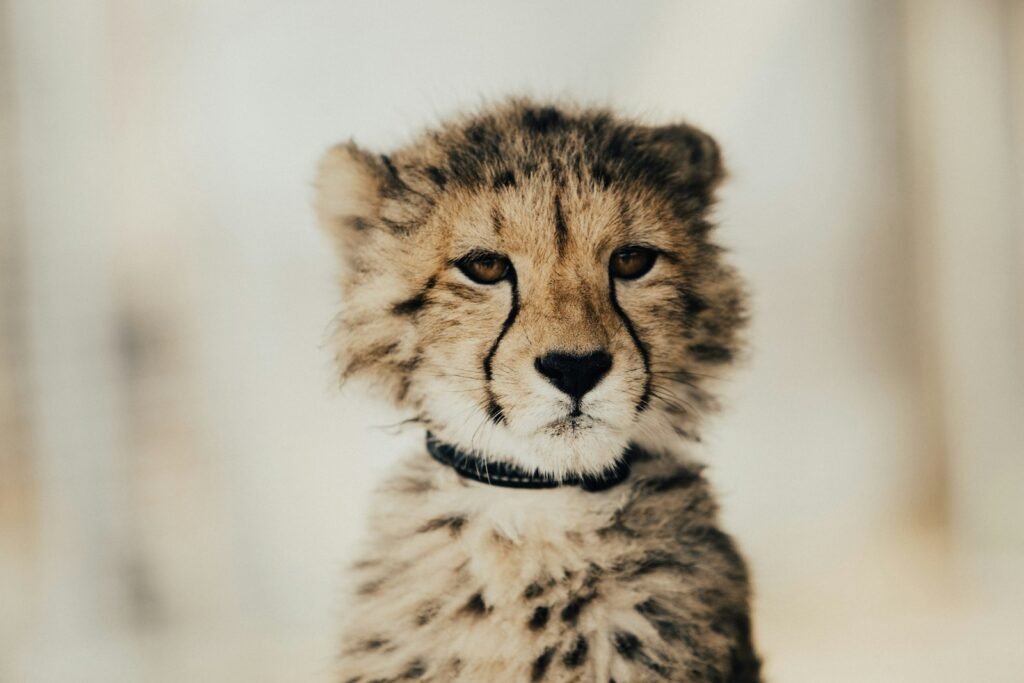
Public engagement is crucial for successful conservation efforts. Images and videos of elusive big cats can captivate audiences worldwide, raising awareness about their plight and inspiring action. Educational programs and digital platforms can leverage this interest to promote conservation initiatives and foster a global movement dedicated to protecting these majestic species for generations to come.
Conclusion: A Collective Effort for a Sustainable Future
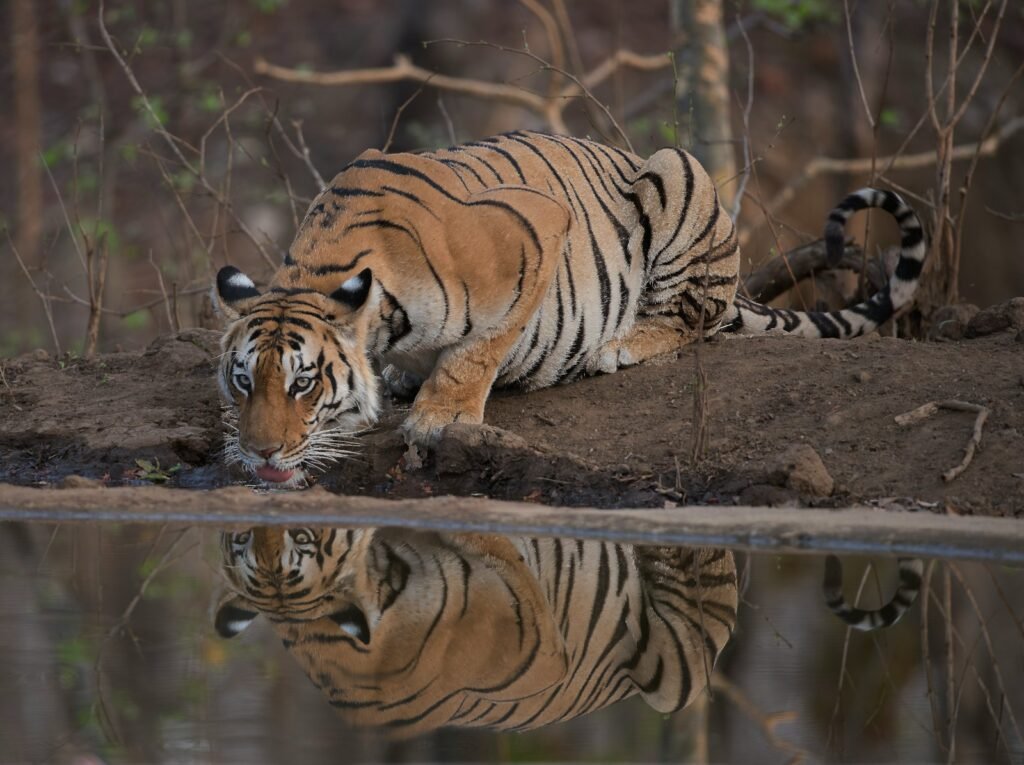
The journey to capture elusive big cats on camera is more than just a scientific quest; it is a call to action for conservation. By understanding these remarkable creatures and the challenges they face, we can all contribute to creating a sustainable future where humans and wildlife coexist. Through continued research, technological innovation, and public engagement, we can help ensure that these magnificent felines continue to roam our planet’s wild landscapes.
Hi, I’m Bola, a passionate writer and creative strategist with a knack for crafting compelling content that educates, inspires, and connects. Over the years, I’ve honed my skills across various writing fields, including content creation, copywriting, online course development, and video scriptwriting.
When I’m not at my desk, you’ll find me exploring new ideas, reading books, or brainstorming creative ways to solve challenges. I believe that words have the power to transform, and I’m here to help you leverage that power for success.
Thanks for stopping by, Keep coming to this website to checkout new articles form me. You’d always love it!






